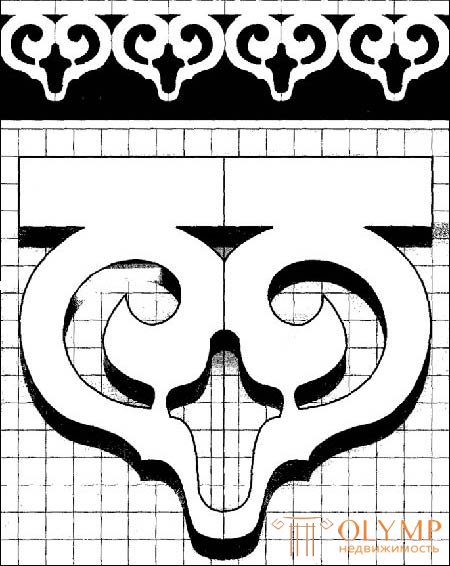
The symbolism used in traditional motifs of home carving has not only aesthetic, but also deep ethical meaning. In fact, a certain set of characters, inflicted around the "unprotected" sections of the house, is a talisman. It is believed that the wrong combination of characters can be not only useless, but also harmful.
Ornaments are usually classified as zoomorphic, anthropomorphic, geometric, and floral. The ornamentation of the thread is conservative and very traditional. It is thanks to the persistence of cultural traditions that we are able to see the ancient symbols, elements that adorn the homes of our ancestors.
The idea of protecting a person, his home, household items, domestic animals with the help of various magical images originated in immemorial antiquity and existed for a very long time. According to the ideas of the ancient Slavs, the animistic ubiquity of evil scattered in nature was so great that people could not resist it. Therefore, a man had to protect himself with the help of protective symbols. We defended first of all our home and clothes.
Ornamented the house with benevolent pagan symbols placed on the most vulnerable parts of the dwelling and courtyard. Note that both in architecture and in clothes, the same principle of placing a spell ornament was carried out consistently - all openings were ornamented, all openings through which all kinds of "sinister" could penetrate to a person. Decorative (and in its time magical-spell-ing meaning) elements are located on the gate, around the windows, at the spot; This or that “sacred” image (horse, deer, goddess and birds, sun) crowned the highest point of the house - the roof gable.
“The sum of such amulets, constantly present at all vulnerable parts of the house, turned every“ horomina ”into an asylum for all family members inaccessible to“ Navy ”” (Rybakov, BA, Paganism of Ancient Russia). Inside the house, all everyday objects were also covered with guard signs, which facilitated the defeat of evil inside the shelter. Traditionally, in the brown carving of a Slavic dwelling, great attention was paid to the windows through which the “omnipresent Navi” could penetrate. The cracks in the windows, drafts, winter cold, everything that could cause a disease - all this was transformed in the minds of the ancients into images of invisible, intangible “Navy”, carrying various misfortunes to people “in evil winds”. In connection with this, such an important element of the spell decor as a casing, a window frame, usually rich in pagan symbolism, appeared. Window framing was always a very significant element, because a window opening is not only a window into the world, into a “white light” for the inhabitants of the hut, but also an eye for strangers and external evil forces that can peep into life inside the dwelling.
The 17th century Siberian immigrants, mastering Western and Eastern Siberia, carried with them the traditions of house carving of the Russian North and the middle part of Russia, which, in turn, were based on Old Slavic pagan ideas. “The hut of a Russian peasant is not just his home, it is his world, which reflects the whole universe and defines its place in it. The house served as protection, guarded. These ornaments and details are requests and wishes addressed to the forces of nature and symbolizing the unity of a person with it ”(Opolovnikov A.V., Opolovnikova E.A. Tree and Harmony).
Ethnographic studies indicate a stable and widespread depiction of the “heavenly abyss” of the “upper sky” - wavy lines, on the walls of house roofs. The most frequent is a wavy ornament, or a pattern of "townships", which at a distance are perceived as waves. Usually the waves go in two rows, as if emphasizing the depth of the "abyss". Very often, along with the wavy lines, small circles are depicted, apparently symbolizing raindrops, those “piles” that, according to pagans, were the cause of life on Earth. "A chest of dews" - "drops of dew, the life-giving moisture of heaven. Russian pagans believed in the XII – XIII centuries that dew falling from the sky in the form of a mist-cloud is sent by the god of the sky by birth as the all-creating moisture of life ”(Rybakov B. A. The craft of ancient Russia).
We are aware of the existence of landings depicting wavy jets in the Novgorod, Arkhangelsk, Vologda, Yaroslavl regions, in the Russian villages of Karelia and in a number of other places in central Russia, the north of the country and Siberia.
The quarters of Russian izba were decorated in two or four rows, the same order we see on the ledge and the porches of Prokopyev’s house (the end of the 19th century). The upper row is occupied by a zigzag line, which is an archaic and stable ideogram of water, in this case, the “grave celestial”, inaccessible rain reserves. The system of building the decor of the batty streamers consisted in the fact that two ideas were inextricably linked with each other: first, the presence in the upper sky (above the firmament) of rainwater reserves (zigzags of imanandra), and secondly, the transfer of this water down to the ground to the plowmen, shown by the mythological symbol of the breasts of the heavenly goddesses, who irrigate the earth with "birth-bearing heaps of dews."
The widespread existence of this system throughout the Russian North allows us to consider the rows of patterns of Russian priliches on the 19th century huts in the museum not as a random set of ornamental methods, but a relic of ancient cosmological ideas about the skies that give rain.
This ancient picture of the world in the system of architectural decoration, which was a repetition of the macrocosm in the microcosm of the Slavic dwelling, was observed with surprising rigor. the way of the sun across the sky is underlined by the fact that in order to display the sun signs in the proper zone, artificial boards, which did not play any constructive role, were used - the “towels” that sloped vertically downwards. Solar signs on these "towels" were located below the zone of the heavenly waters of the willows, against the background of a shaded roof gable.
The midday sun was depicted on the facade of the hut at the very top, under the figure of the main horse, but still below the "heavenly abyss", which was the upper sky.
Heaps — ledges of up to 1.5 meters of two to three upper logs of a log house — served to support the roof extended far from the main facade. The pilgrims have always been a very important constructive detail of Russian huts. As well as okhlupen, traditionally povali had the appearance of a horse head. The image of the head is not always naturalistic, sometimes it is only possible to guess from the characteristic curvilinear form that the povali are carved in the form of “sun horses” with legs in the shape of clusters of half-rollers. This form of felling with half rolls (from two to six pieces) is characteristic of Siberian huts of Russian immigrants. Its semantic meaning is clear at once, because the horse is a symbol of the sun - a solar sign, the main "protector" of the Russian hut from evil forces.
Since the second half of the 19th century, artistic processing of carpets has become widespread in Siberia. Village Siberian masters loved to decorate the platbands with geometric patterns. The predominant motifs were solar rosettes (semicircles), diamonds, circles. Especially often found in the cities and villages of Siberia, the baroque trim. Siberian village casings differ from the urban casings of the baroque style in that most often between volutes instead of a pot and a baluster in the middle of the composition are placed complex geometric, zoomorphic, anthropomorphic elements or a solar outlet.
The Siberian village masters, knowing the basic compositional elements of the home Slavic carving, introduced their ornamental motifs borrowed from the city architecture of the mid-19th century. And although by the end of the 18th century the ancient magical meaning of the house carving ornament was almost forgotten, its main motifs and ways of placing the ornament elements remained almost unchanged and were passed on from generation to generation by woodcarvers, builders and carpenters. This is especially well illustrated by the example of wooden house carving preserved in the Siberian outback.

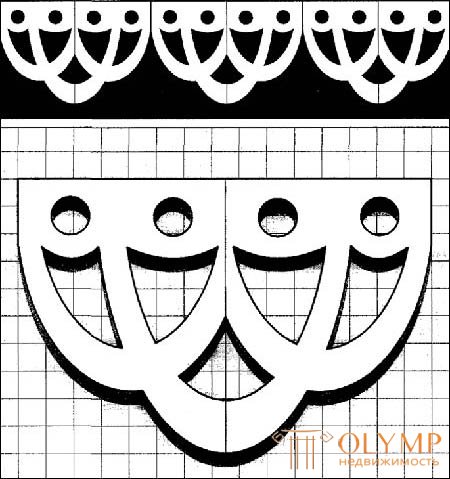

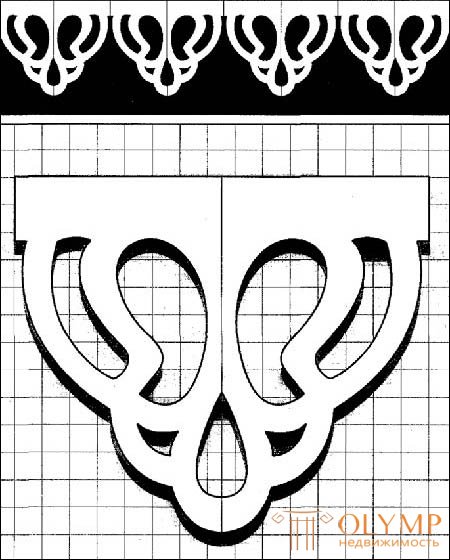
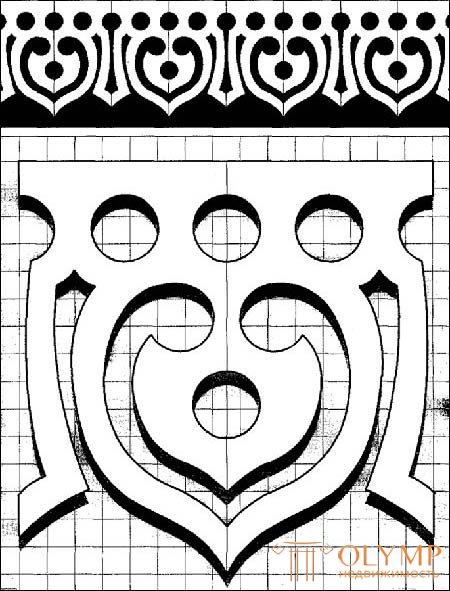


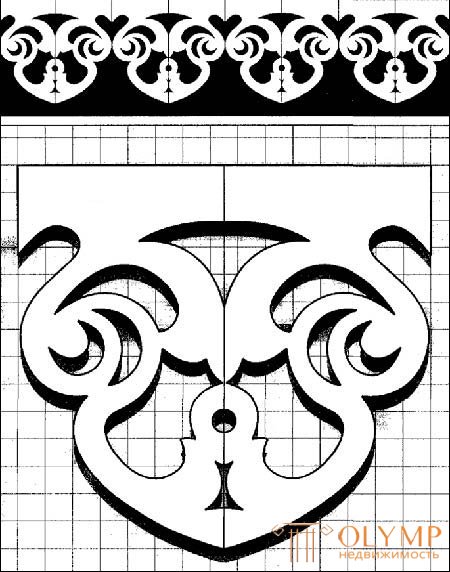
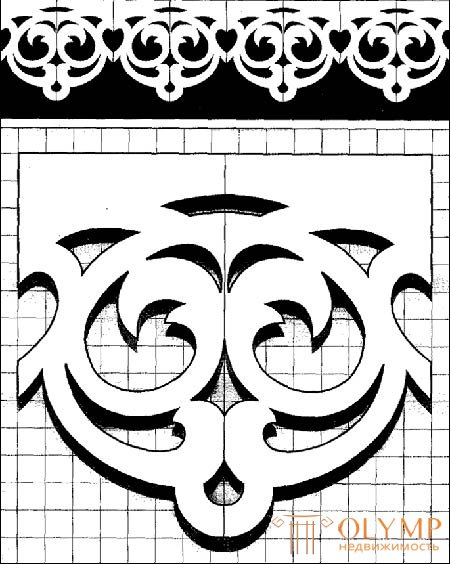


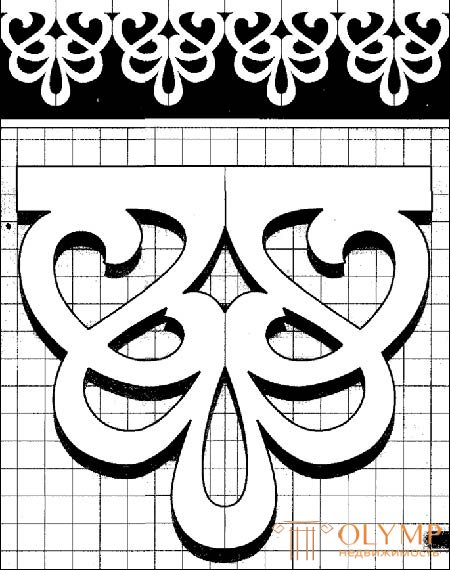
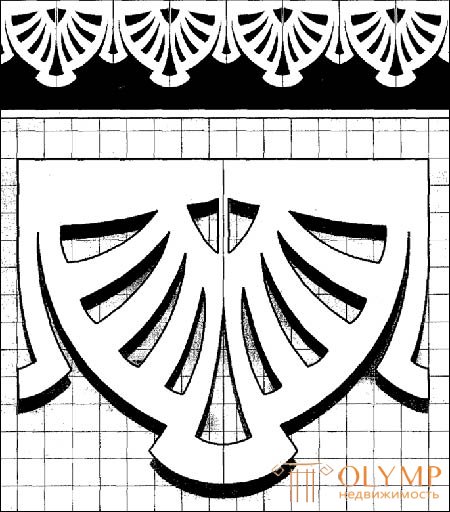
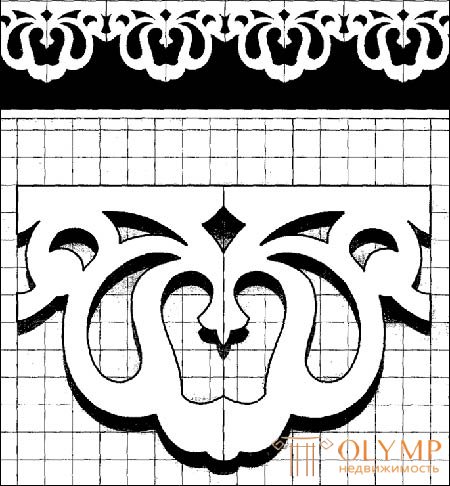

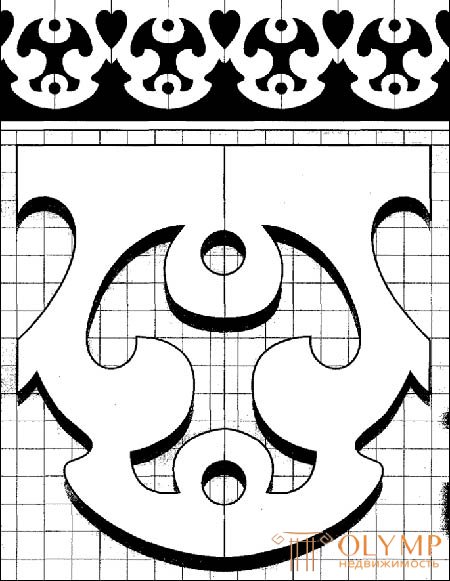
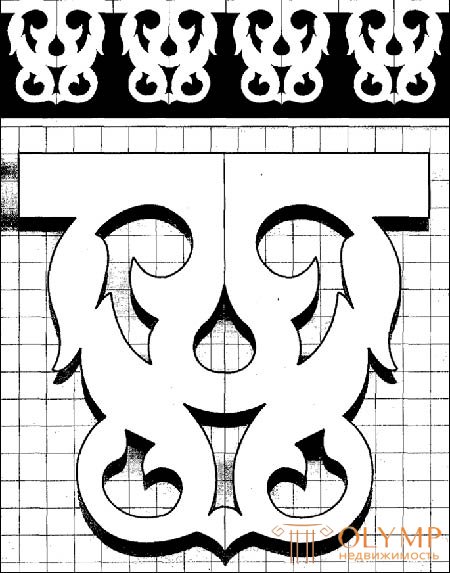

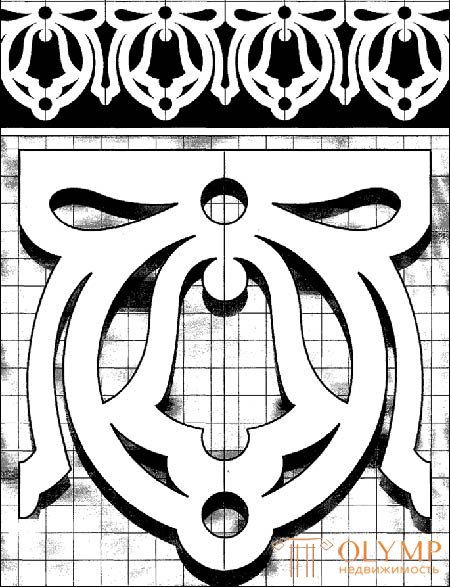
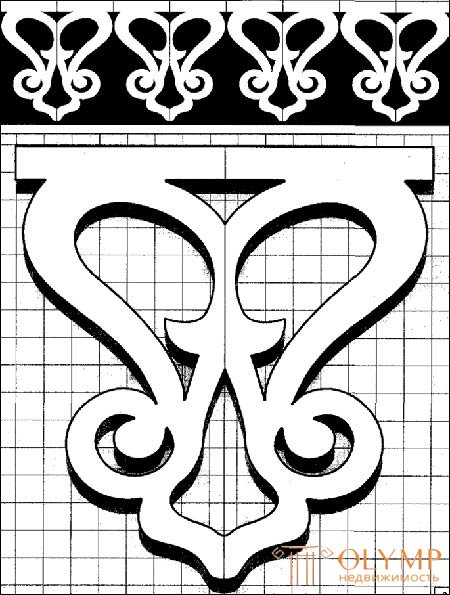
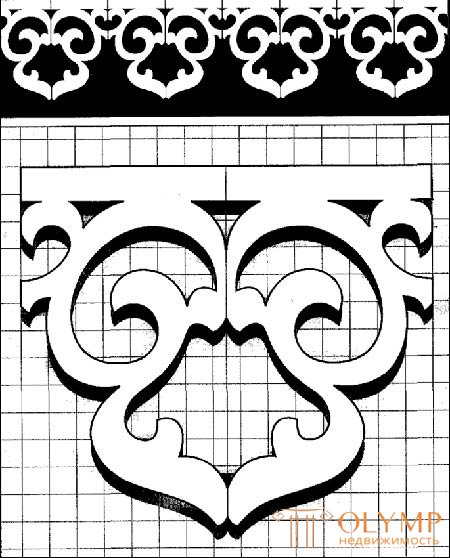

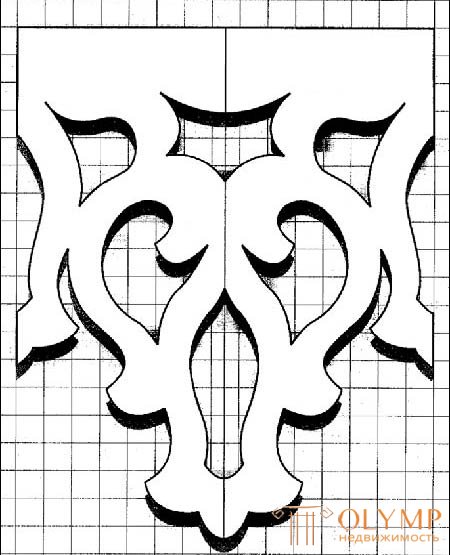
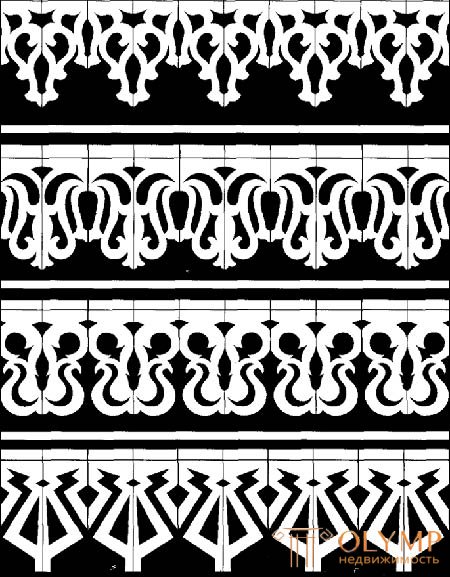

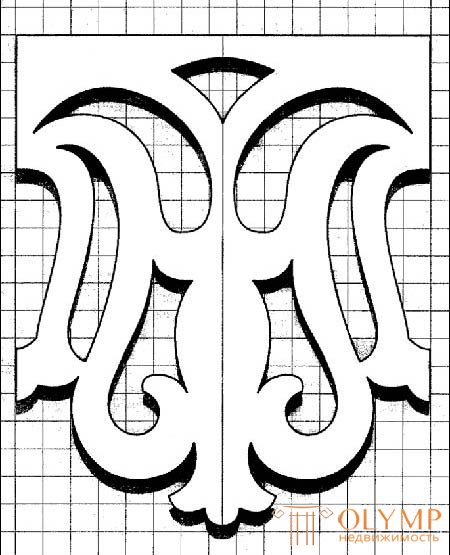
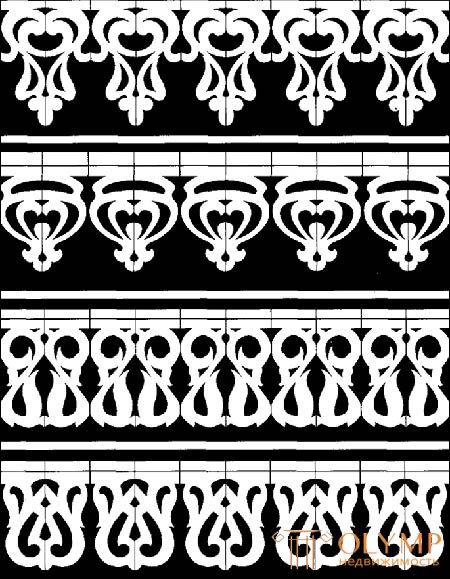
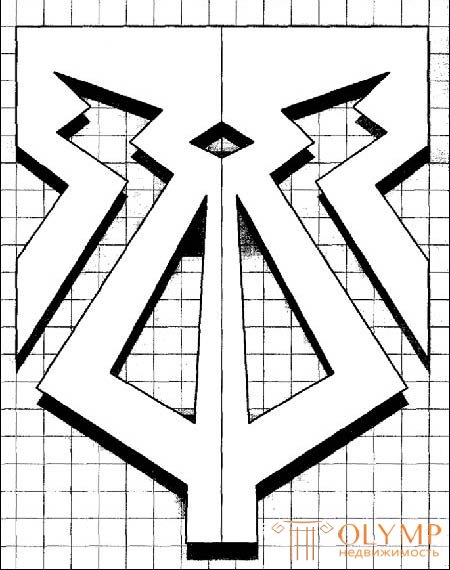
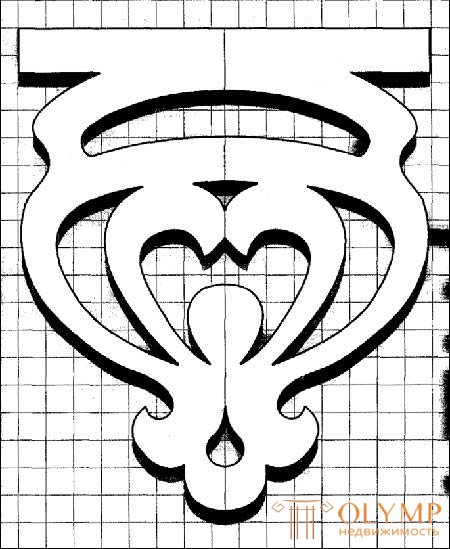
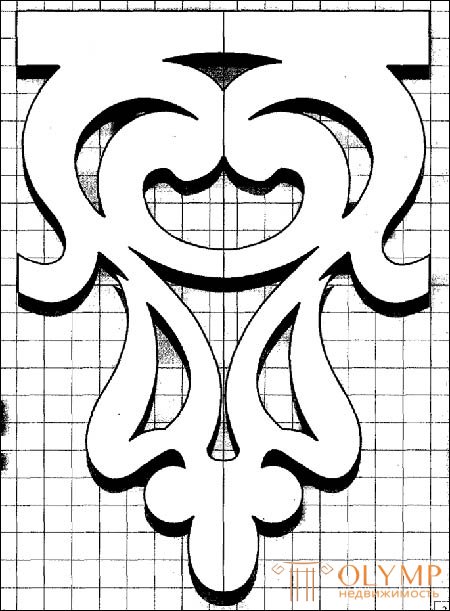

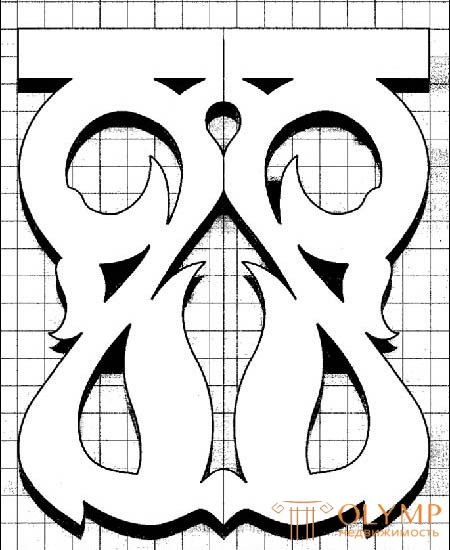
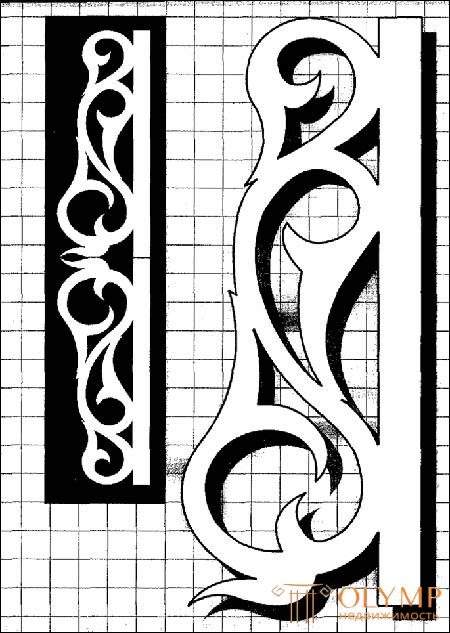
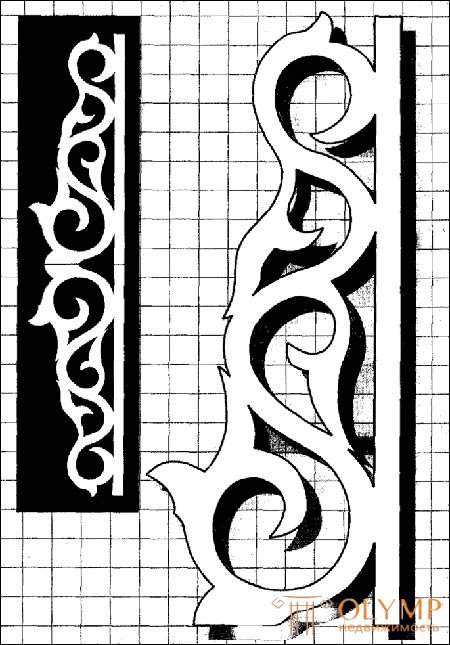
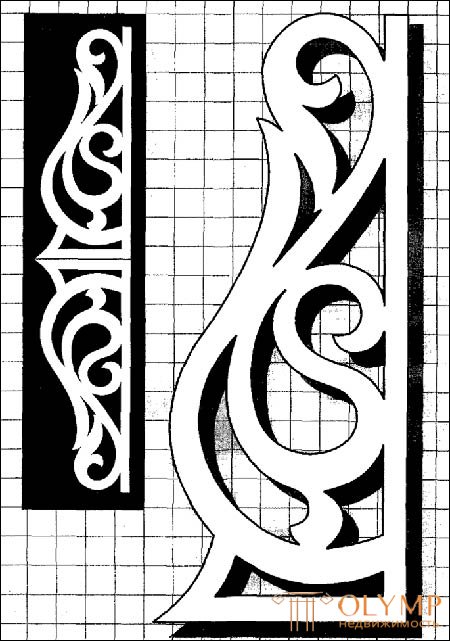

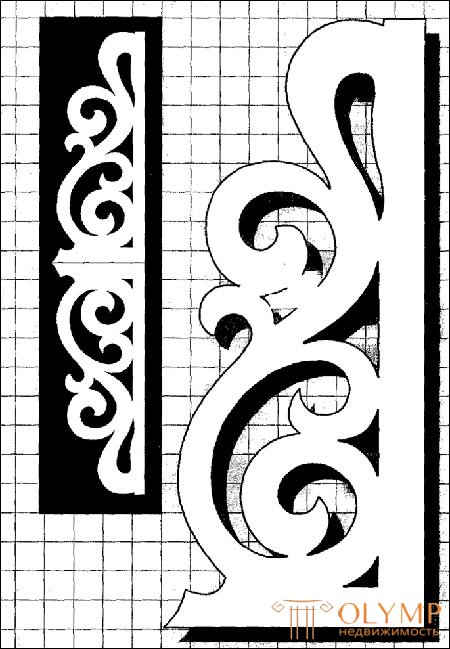
Wood carving
Что бы оставить комментарий войдите
Комментарии (0)